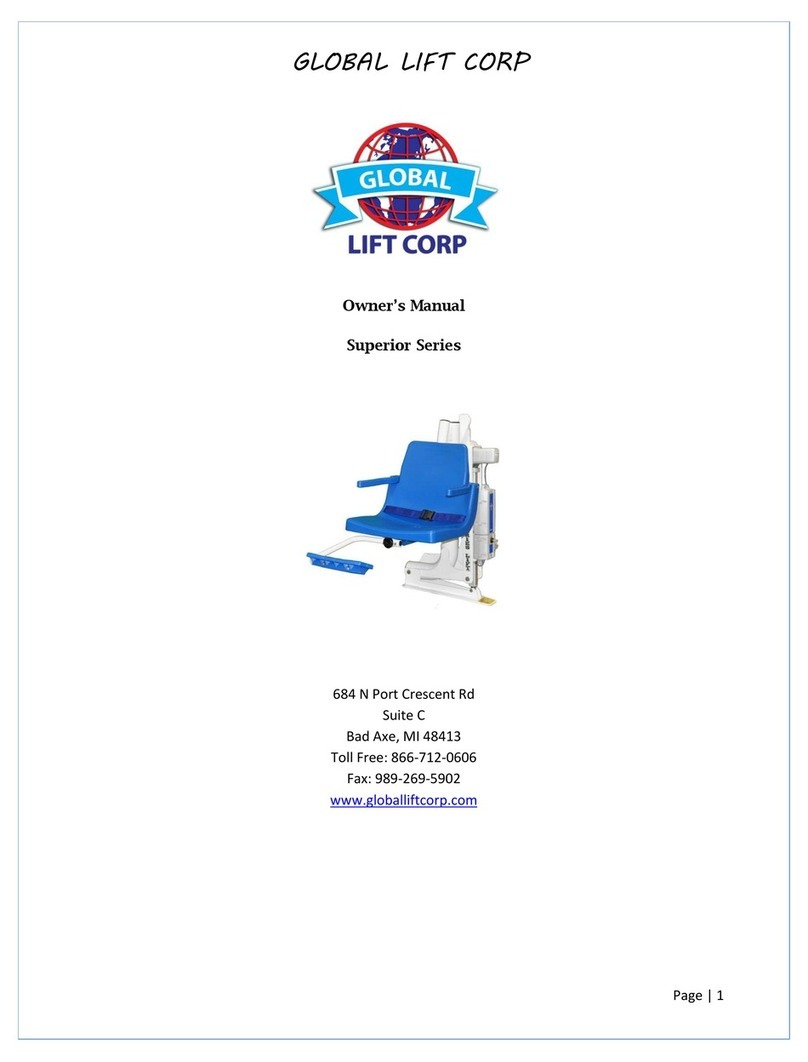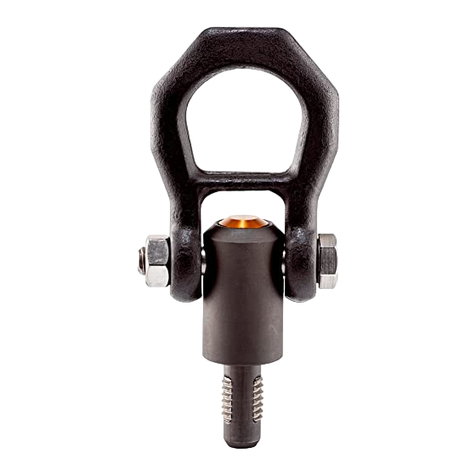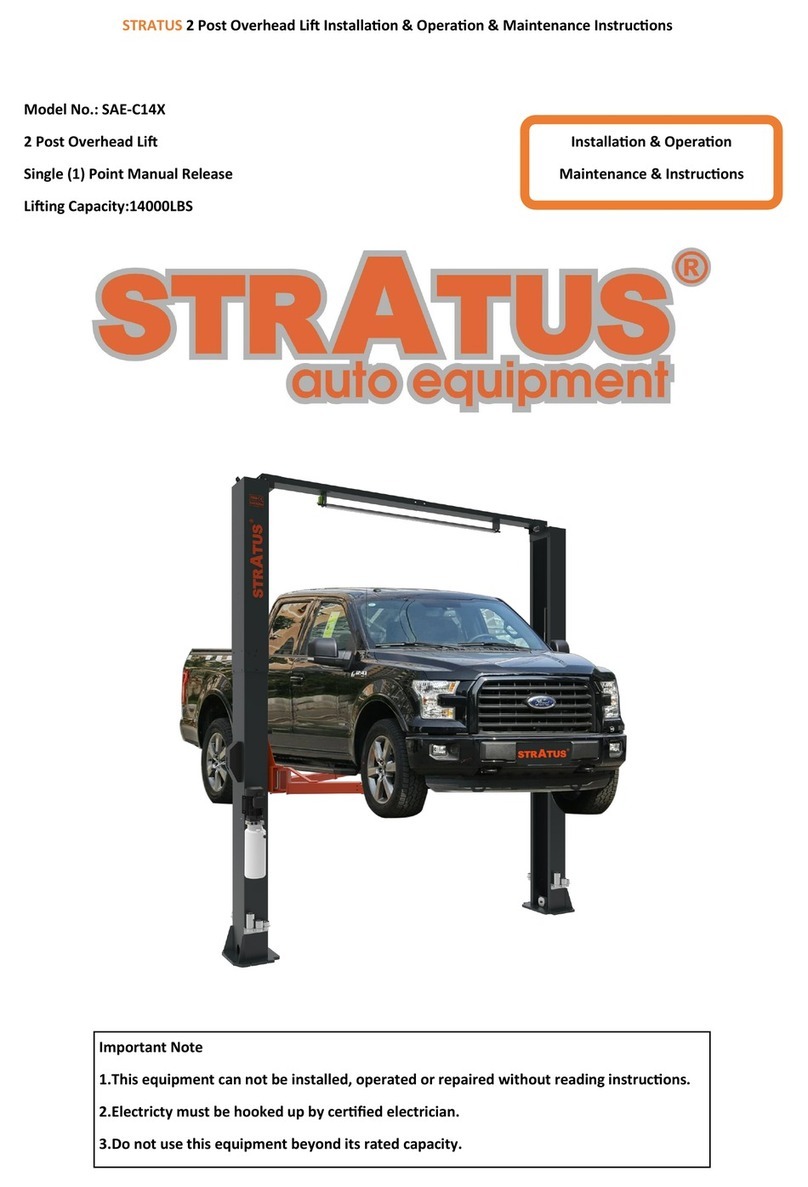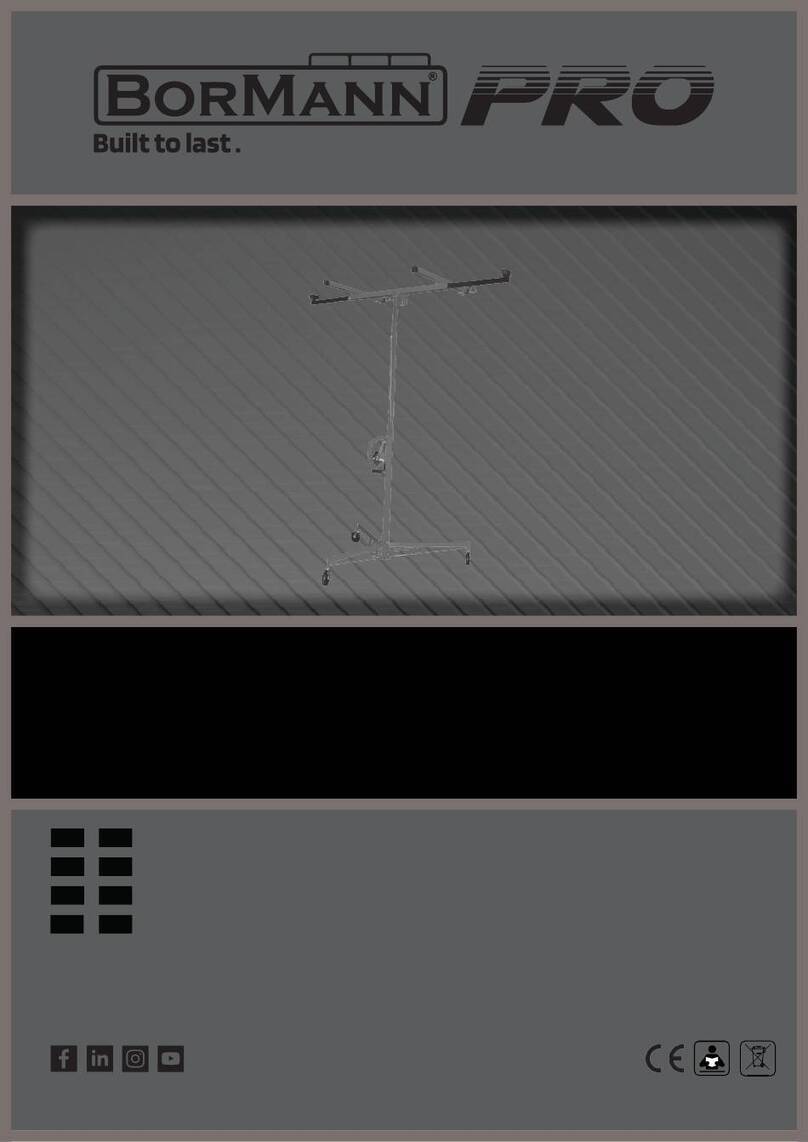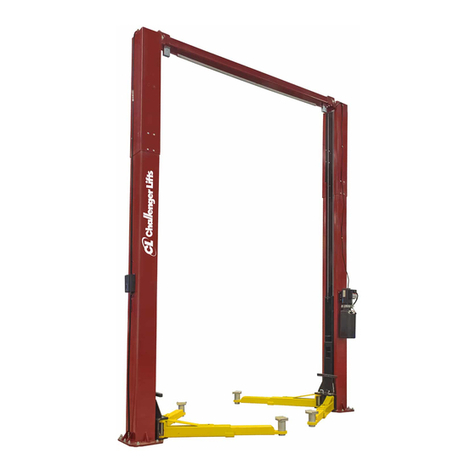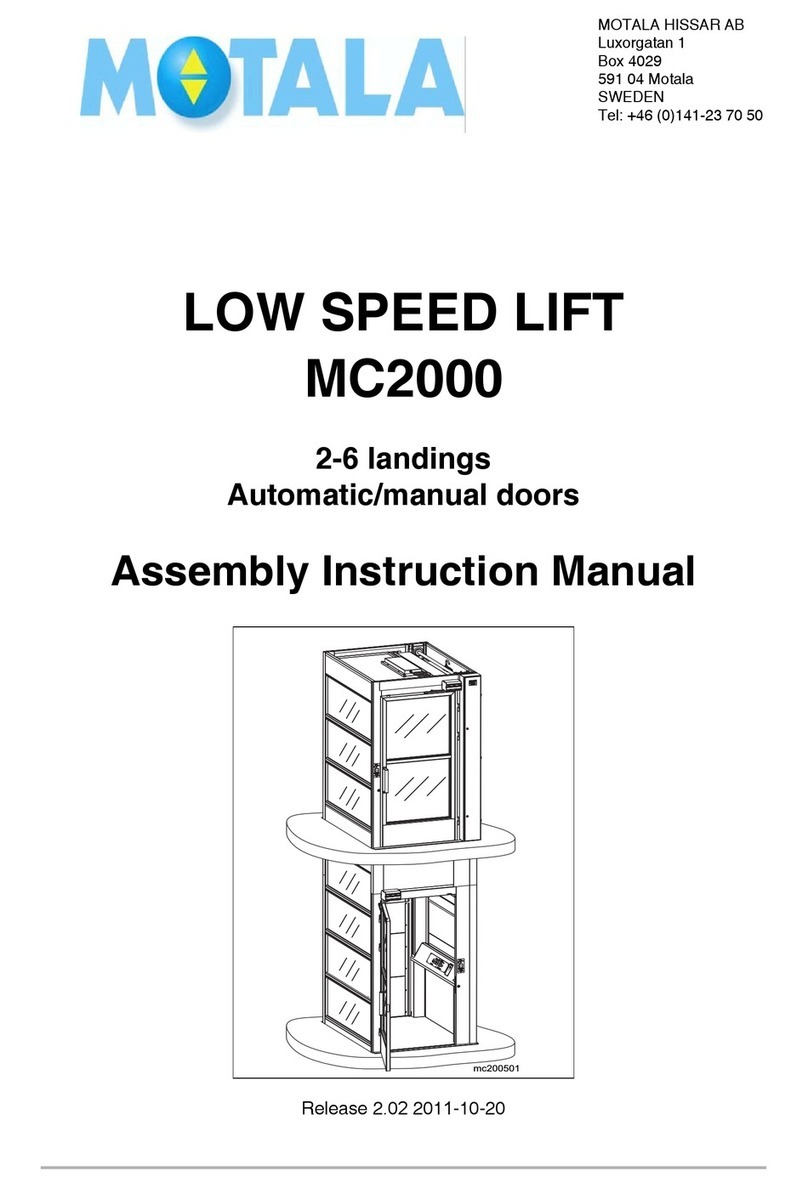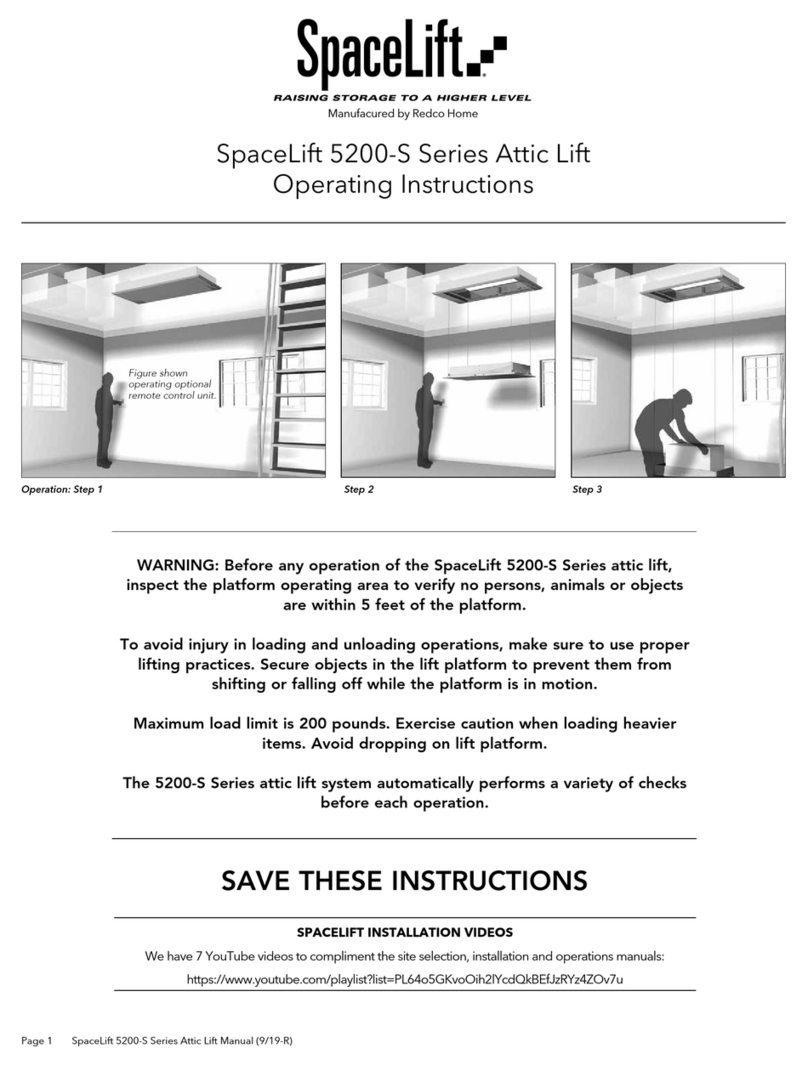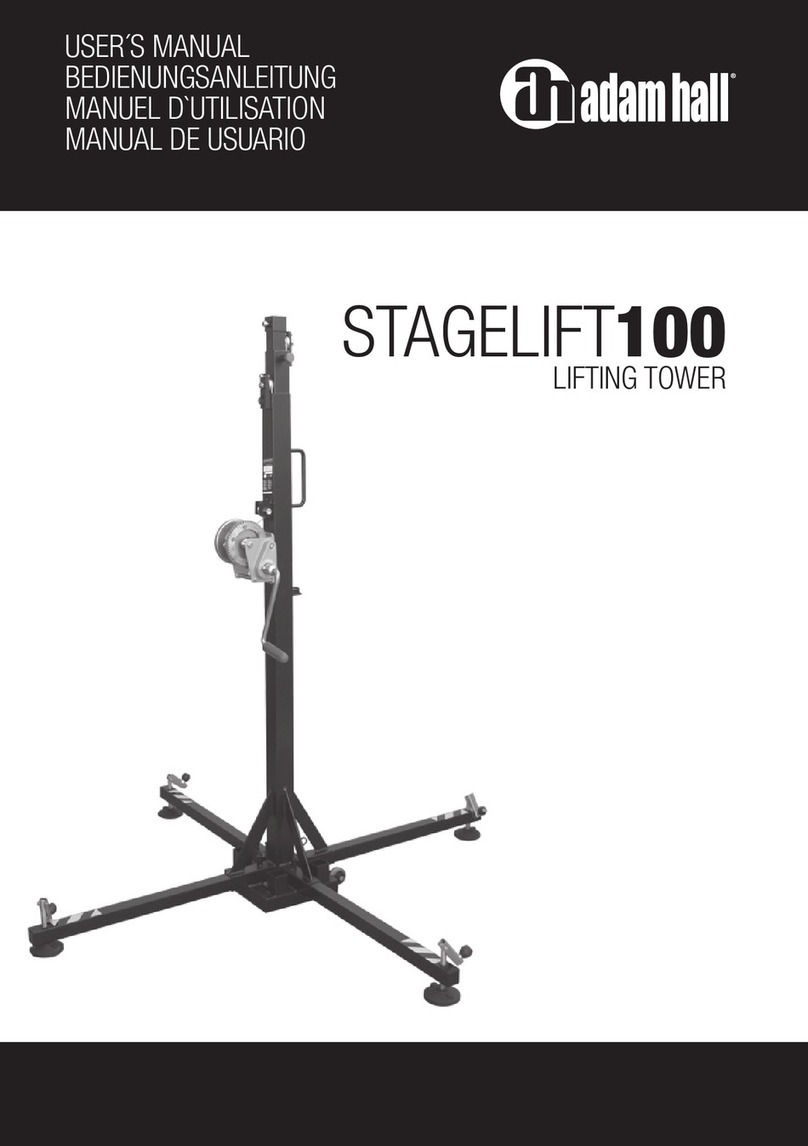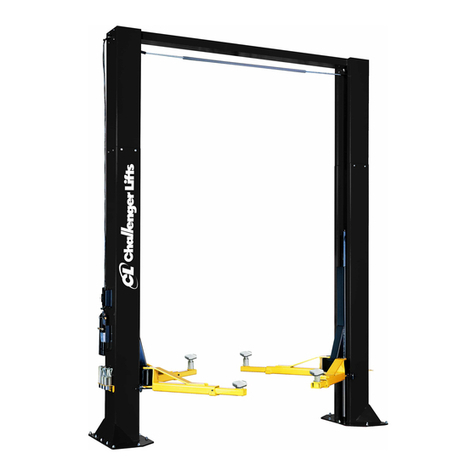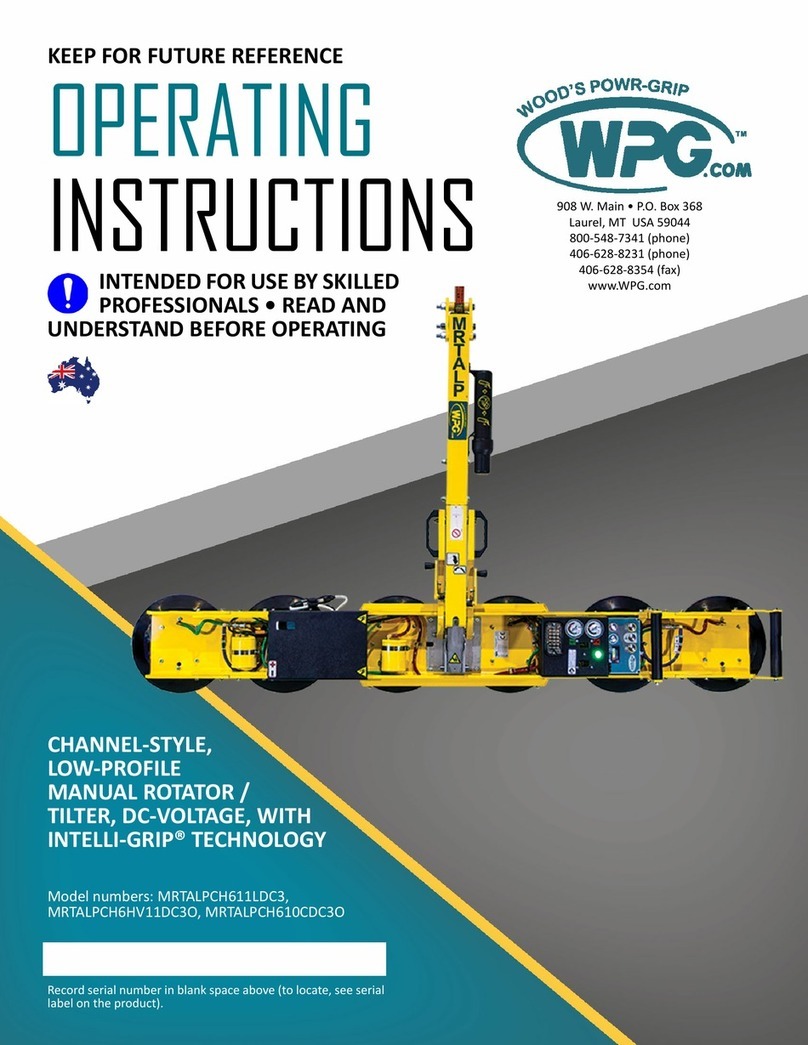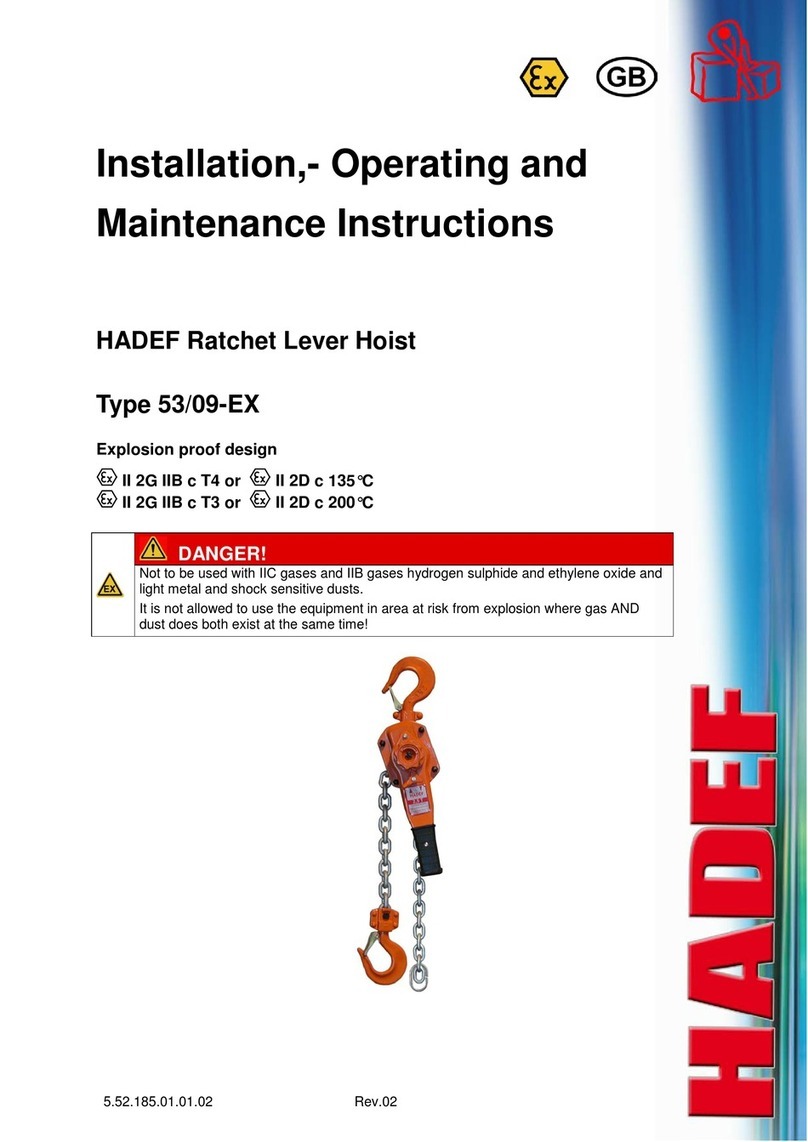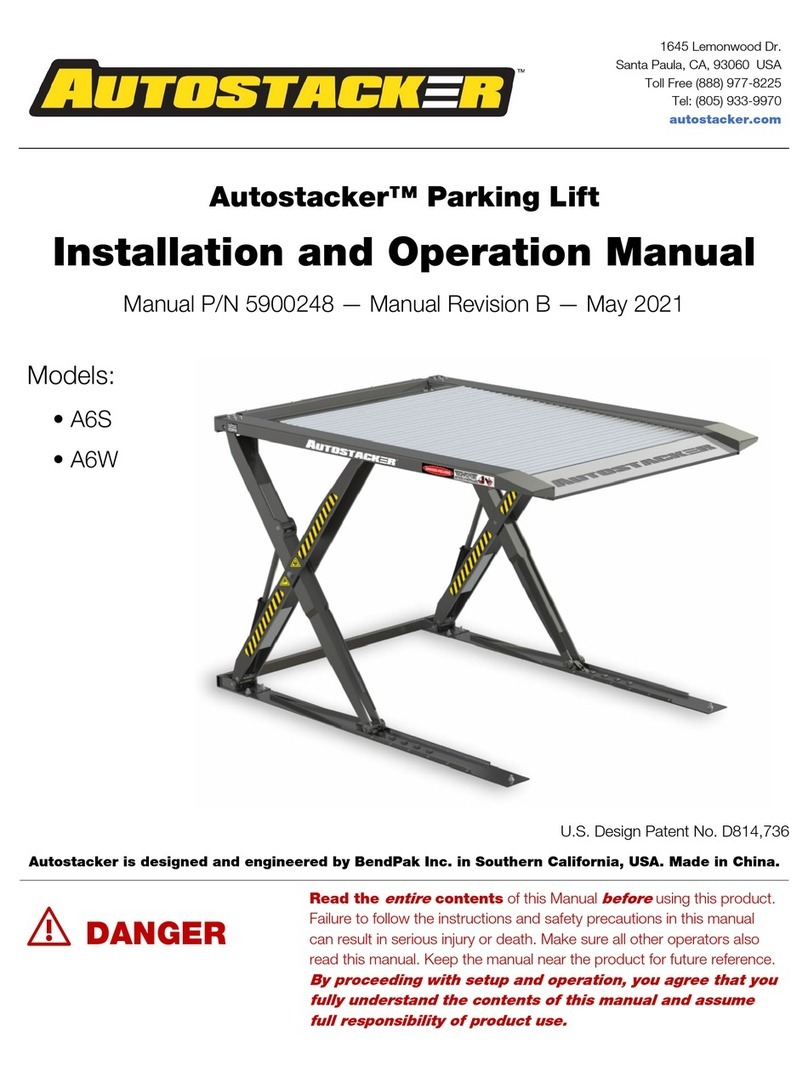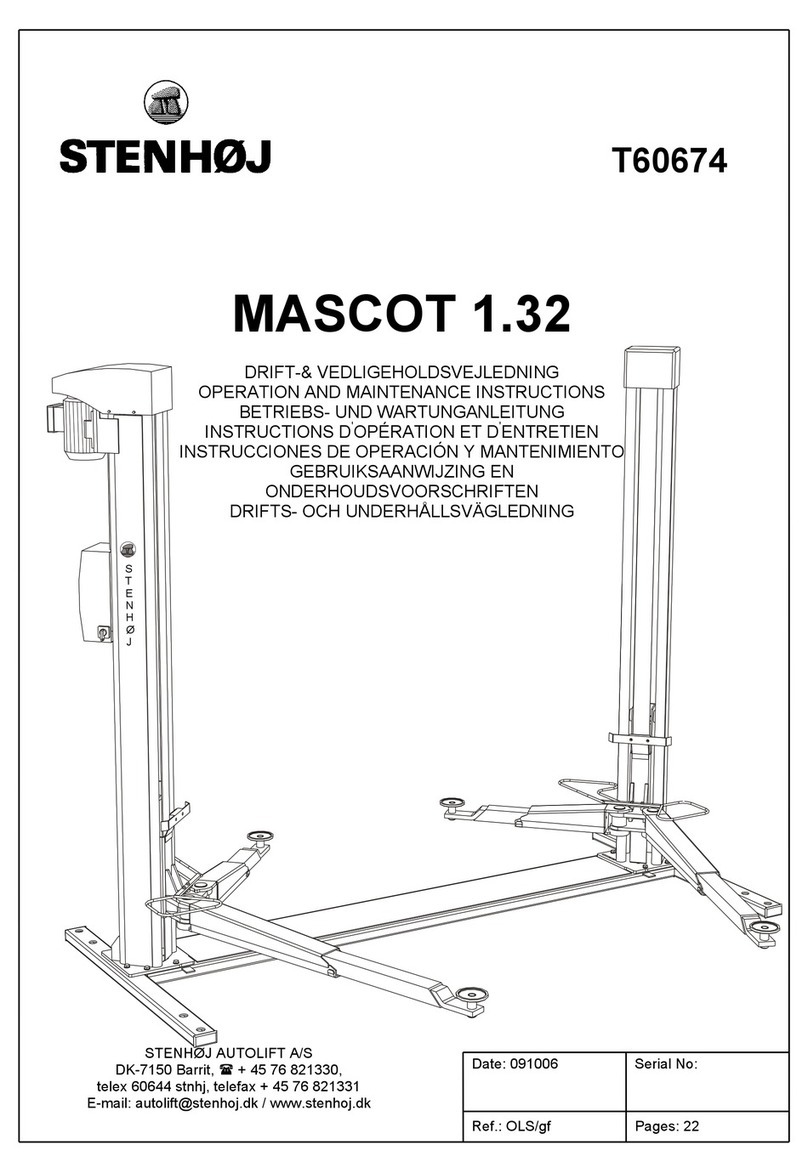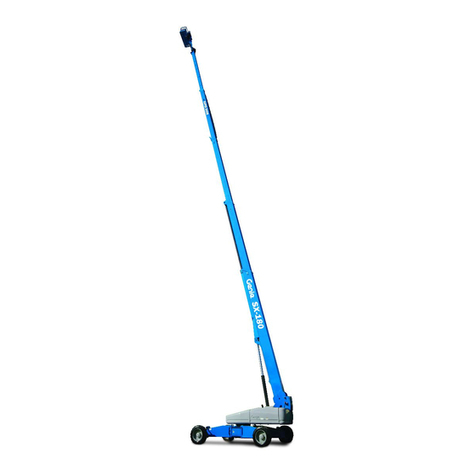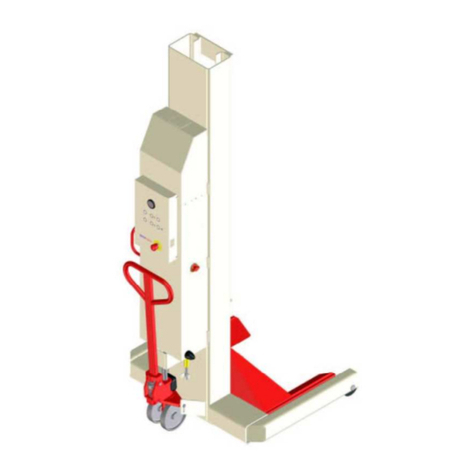
Service and Parts manual (Version B) 4 Wireless
5 Inspection and maintenance...........................................................................................29
5.1 Aim of maintenance........................................................................................................................... 29
5.2 When you carry out maintenance..................................................................................................... 29
5.2.1 Recommendations for maintenance.................................................................................................. 30
5.2.2 Preparations before inspection and maintenance............................................................................. 30
5.2.3 Pay attention to safety.......................................................................................................................30
5.2.4 Waste disposal...................................................................................................................................31
5.2.5 Forms and administration.................................................................................................................. 31
5.3 Monthly maintenance......................................................................................................................... 31
5.4 Annual maintenance by the technical service................................................................................... 31
5.5 Regular preventive maintenance procedures.................................................................................... 32
5.5.1 Lubrication instructions...................................................................................................................... 32
5.5.2 Hydraulic oil........................................................................................................................................33
5.5.3 Checking the emergency shutdown mechanism...............................................................................34
5.5.4 Checking the safety locking feature.................................................................................................. 34
5.5.5 Checking the safety switch of the pallet lifting mechanism............................................................... 35
5.5.6 Checking the pneumatic spring(s).....................................................................................................35
5.6 Maintenance switches........................................................................................................................35
5.7 Batteries..............................................................................................................................................36
5.8 Settings screen.................................................................................................................................. 36
5.8.1 User Settings......................................................................................................................................36
5.8.2 Shop configuration............................................................................................................................. 40
5.8.3 User administration............................................................................................................................ 41
5.8.4 Edit user............................................................................................................................................. 43
5.8.5 Maintenance configuration................................................................................................................. 44
5.9 Special procedures............................................................................................................................ 54
5.9.1 Users.................................................................................................................................................. 54
5.9.2 Setting the clock................................................................................................................................ 57
5.9.3 Setting the height limit....................................................................................................................... 59
5.10 Corrective maintenance..................................................................................................................... 61
5.10.1 General safety requirements for corrective maintenance..................................................................61
5.10.2 Required knowledge.......................................................................................................................... 61
5.10.3 Request for repair.............................................................................................................................. 61
5.10.4 Communication...................................................................................................................................61
5.10.5 Spare parts.........................................................................................................................................61
5.11 Technical support...............................................................................................................................62
5.12 Corrective maintenance procedures.................................................................................................. 62
5.12.1 Removal and installation of the lifting cylinder..................................................................................62
5.12.2 Adjustment of the pallet lifting mechanism........................................................................................62
5.12.3 Adjusting the pallet lifting mechanism safety switch......................................................................... 63
5.12.4 Adjustment of the retractable front wheels (R)..................................................................................65
5.13 List of parts........................................................................................................................................ 65
5.14 Replacement parts............................................................................................................................. 65
6 Troubleshooting............................................................................................................... 67
6.1 General...............................................................................................................................................67
6.2 Messages........................................................................................................................................... 67
6.3 Information messages........................................................................................................................69
6.4 Fault messages..................................................................................................................................71
6.5 Error messages..................................................................................................................................72
6.6 Faults..................................................................................................................................................74
6.6.1 The column lift cannot be raised.......................................................................................................74
6.6.2 The column lift cannot be lowered.................................................................................................... 75
6.6.3 The column lift lowers all by itself..................................................................................................... 75
6.6.4 The column lift is not raised far enough........................................................................................... 75
6.6.5 No battery power............................................................................................................................... 76
6.6.6 No control voltage..............................................................................................................................76
6.7 Emergency lowering facility............................................................................................................... 76
7 Options.............................................................................................................................. 78
7.1 Wheel adapters.................................................................................................................................. 78
7.1.1 Longer wheel adapters...................................................................................................................... 78
7.2 Traverse beam................................................................................................................................... 79
7.2.1 Before you start working....................................................................................................................79
7.2.2 User instruction.................................................................................................................................. 80




















